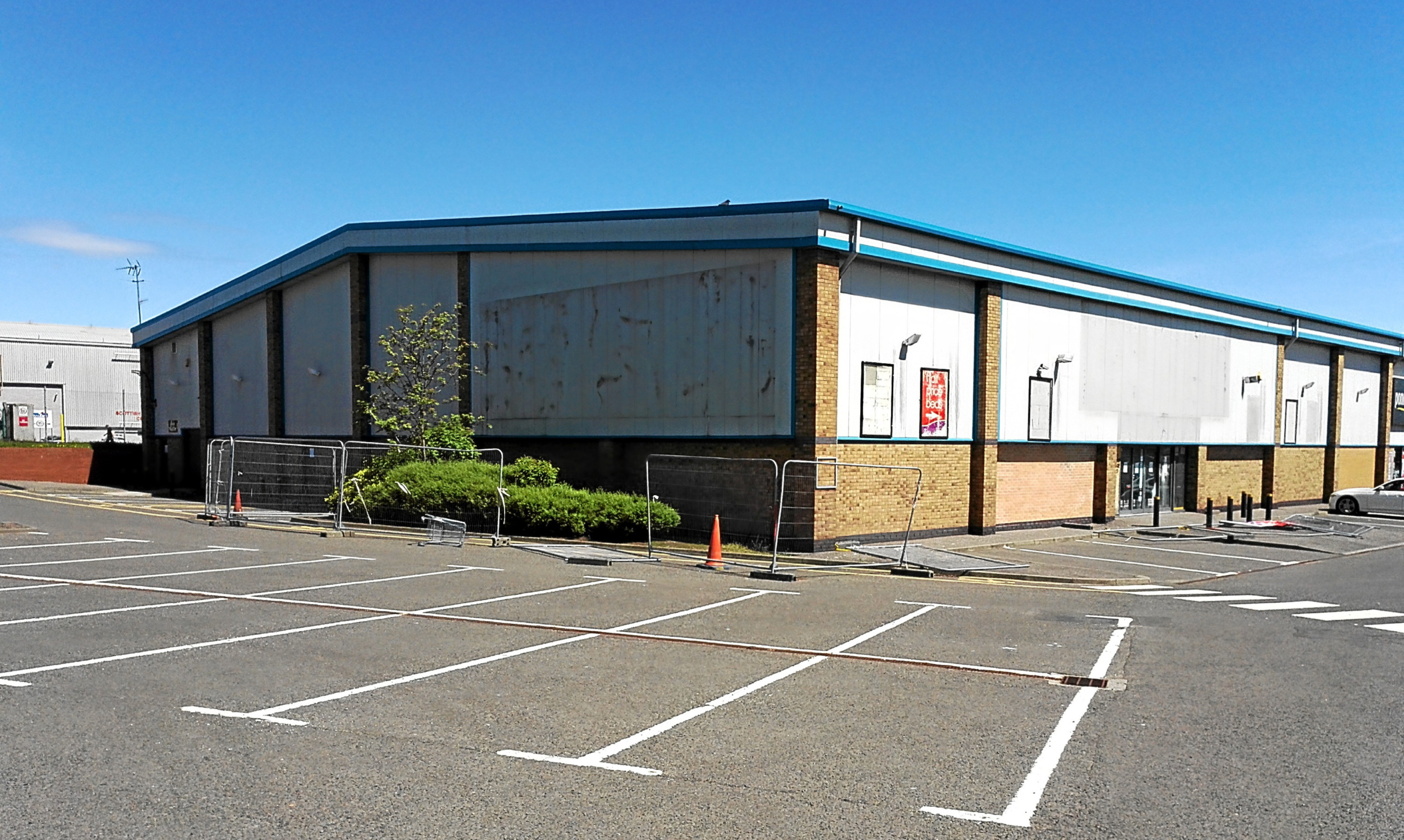Tax relief for empty industrial property may not be the first subject that trips off the tongue at the breakfast table of a morning.
But I fear Scotland is currently sleepwalking into a nightmare scenario which will soon have everyone talking.
In December, then economic secretary John Swinney’s Budget speech contained a small morsel about changes to the relief enjoyed by the owners of empty industrial units.
The measure garnered very little attention at the time – there were many other more shiny economic nuggets from the speech to pore over – and the changes duly came in without fanfare on April 1.
But I can tell you that there are landlords out there now who are starting to feel very hot under the collar as realisation has dawned about what the variations mean.
The changes are relatively simple but for some they could feasibly be bankruptcy inducing.
Until April 1, vacant commercial properties were subject to 100% rates relief.
We are now in a three-month transition period when the relief is maintained, but from July 1 the allowance will fall to 10%.
That means that in four week’s time, landlords of unused industrial property across Scotland will suddenly be liable for 90% rates on those assets.
On an industrial property with a rateable value of £100,000, the bill will be £45,000 a year. From nothing.
I agree that complete exemption was overly generous – I want to see empty properties brought back into commercial usage as much as the Scottish Government does – but almost striking that allowance out at a stroke is just ridiculous and could be hugely painful for the Scottish economy.
A halfway house of 50% rates seems far more reasonable to me and would surely have the required effect of pushing landlords to actively seek new uses for their properties rather than just sitting on them.
Property industry experts at Ryden and Burness Paul and others have flagged the issue and there have even been warnings of landlords taking drastic measures such as ripping the roofs off perfectly good buildings – or even knocking them down altogether – to avoid the levy.
But, from where I am sitting, those concerns have yet to make any real impression on the political stage.
I suspect the issue won’t be taken seriously by policy makers until the reality of money flowing out of bank accounts starts to bite.
And when I talk about landlords, I am not just speaking about moneyed business people whose only interest is in adding to their own wealth.
Some of the largest industrial property portfolios are held by Scotland’s 32 local authorities.
The NHS also has an enormous bank of unused buildings – much of which it has spent years trying to sell off for re-use with varying degrees of success.
Will these organisations really have to divert money from lifeline public services to pay tens of thousands – potentially hundreds of thousands – of pounds in extra taxes for premises they cannot rent out or dispose of?
That would seem to me an unintended consequence of a move designed to boost the economy rather than hurt it.
There is only a matter of weeks before the new levy kicks in and the window of opportunity to ameliorate the impact of this overly burdensome levy change is closing quickly.
The Scottish Government needs to think again on this – and do so quickly before real damage is done.
